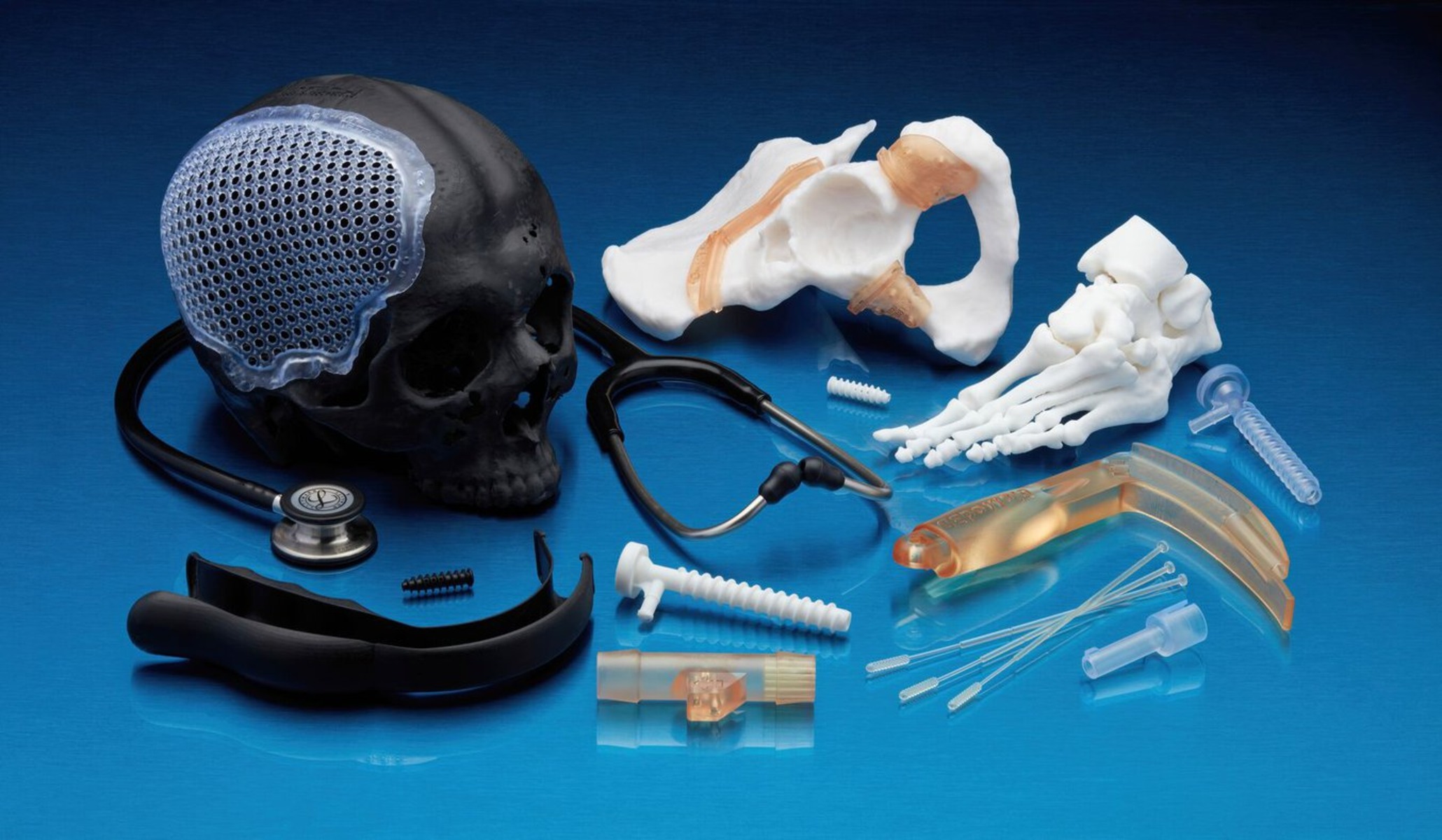It has opened new doors in surgical planning, education, and the development of personalized medical devices.
Traditional surgical planning relied heavily on 2D imaging techniques, such as X-rays and CT scans.
However, these methods often fell short in providing a comprehensive understanding of complex anatomical structures.

With 3D printing, medical professionals can now create accurate and detailed 3D models of patient-specific anatomies.
These models allow surgeons to better visualize and plan complex procedures, reducing the risk of errors during surgery.
Not only does 3D printing enhance surgical planning, but it also plays a vital role in medical education.
Medical students and residents can gain hands-on experience by working with patient-specific 3D printed models.
Furthermore, 3D printing aids in the communication between surgeons, patients, and other healthcare professionals.
Complex medical conditions or surgical procedures can be better explained through the use of 3D models.
Patients can have a visual understanding of their condition, leading to improved patient satisfaction and informed decision-making.
In recent years, 3D printing has also been utilized in the development of surgical guides and tools.
Surgeons can now tailor-made instruments specific to each patients needs, ensuring a more precise and efficient surgical outcome.
Overall, the integration of 3D printing in surgical planning and education has revolutionized the field of medicine.
Additionally, 3D-printed implants have found applications in maxillofacial surgery, where complex reconstructive procedures often require personalized solutions.
The benefits of customized implants go beyond improving patient outcomes.
By reducing the need for additional surgeries or modifications, 3D-printed implants contribute to cost efficiency in healthcare.
3D-printed prosthetics also allow for greater design flexibility, enabling the incorporation of personalized aesthetics and individualized features.
Patients can choose custom colors, patterns, and even include personal touches such as engravings or artwork.
Another significant advantage of 3D-printed prosthetics is cost-effectiveness.
In addition, 3D printing allows for easy adjustments and modifications to prosthetics as the patients needs change.
Growing children, for example, often require frequent adjustments to accommodate their developing bodies.
The transformative power of 3D printing in prosthetics extends beyond the physical aspect.
With 3D printing, medical professionals can now create highly accurate and intricate 3D models of patient-specific anatomies.
These 3D printed medical models allow surgeons to simulate and practice procedures before entering the operating room.
In addition to surgical planning, 3D printed medical models play a crucial educational role.
Moreover, 3D-printed medical models can aid in patient education and communication.
This transparency and involvement in the medical process contribute to improved patient outcomes and patient satisfaction.
3D printing has also opened up possibilities for the creation of multi-material and multi-colored medical models.
Overall, the production of medical models through 3D printing has revolutionized the field of healthcare.
These systems enable better control over drug dosage, improving therapeutic outcomes and reducing side effects.
3D printing also plays a crucial role in the synthesis and formulation of new drug compounds.
This allows for the development of novel drug delivery methods, including personalized medication and nanomedicine.
Moreover, 3D printing enables the rapid prototyping of medical devices used in drug delivery systems or experimental setups.
This accelerates the research and development process, reducing time to market for new pharmaceutical products and medical devices.
Overall, 3D printing has significantly impacted the field of drug testing and research.
Tissue engineering involves combining cells, biomaterials, and growth factors to create three-dimensional structures that mimic natural tissues.
By precisely controlling cell placement and organization, researchers can create tissues with enhanced functionality and complexity.
One of the primary advantages of 3D bioprinting is the ability to create patient-specific tissues and organs.
By utilizing the patients own cells, the risk of rejection after transplantation is greatly reduced.
One of the primary challenges is the regulatory approval process.
Another challenge lies in the scalability and cost-effectiveness of 3D printing for mass production of medical devices and implants.
While 3D printing offers unmatched customization, it is still relatively slow and expensive compared to traditional manufacturing methods.
Additionally, the materials used in 3D printing for medical applications need to meet strict biocompatibility and durability standards.
Looking ahead, the future of 3D printing in the medical field is promising.
This convergence of technologies has the potential to further enhance the functionality and capabilities of 3D-printed medical solutions.
The ability to create patient-specific anatomical models has greatly enhanced surgical planning, reducing risks and improving surgical outcomes.